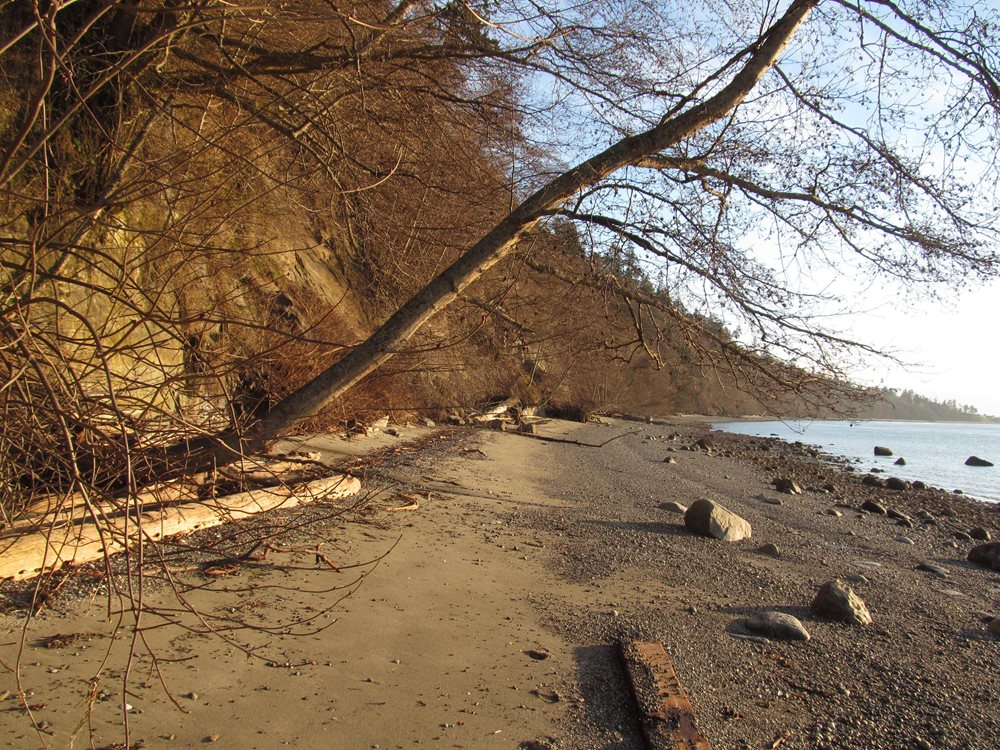The Buzz on Shore Protect Team
Wiki Article
Some Ideas on Shore Protect Team You Need To Know
Table of Contents8 Simple Techniques For Shore Protect TeamFacts About Shore Protect Team UncoveredThe 10-Minute Rule for Shore Protect TeamThe Shore Protect Team IdeasSee This Report on Shore Protect TeamShore Protect Team Can Be Fun For EveryoneGetting The Shore Protect Team To Work
Reduction in building value: As the location tourist is affected by disintegration, so then is the economic climate. Purchasers are much less likely to look for a beach home that could be damaged at any minute by the upcoming flooding and erosion emergency. Consequently, home worth can go down profoundly and affect the entire area.Whether a coastline is simply tiny and congested or has to close completely for the security of the community and close-by residential or commercial properties, this significantly affects tourism. Subsequently, neighborhood economies are impacted (https://link-boy.org/details.php?id=346312). Threat of injury: The enhanced risk of flooding and structural failings creates a raised threat of injury to neighboring travelers and community members

Shoreline stablizing is directly relevant to their job. Waterfront hotels: Since coastline erosion effects tourism, it impacts the success of waterside hotels.
Little Known Questions About Shore Protect Team.
Coastal business services: No travelers means no organization. Coastal state parks: State parks that exist along shorelines are at threat of damage.Soft stabilization is a better remedy for the environment and even more sustainable overall. Difficult stablizing utilizes man-made frameworks as protection to control disintegration. Usually, these frameworks are set up at appropriate angles or parallel to stop sand motion and minimize the pressure of waves. The majority of forms of hard stabilization like seawalls and sheet metal are not suitable for coastline stabilization.
Not known Details About Shore Protect Team
There's likewise not nearly enough proof of their effectiveness depending on the sort of shoreline and neighborhood problems. Hard stablizing techniques tend to be harder to install and don't match the all-natural aesthetic, protruding like a sore thumb and damaging regional ecological communities in several situations. Coastline sustenance is the process of including lost sand and debris back to beaches after erosion has taken place.TrapBags help in the procedure of beach nutrition by shielding natural ecosystems and enabling plants to grow. They're: Ecologically pleasant: You can utilize indigenous dirt both to border and to load the TrapBags.

Some Known Facts About Shore Protect Team.
Easy to install: Reduce of installation means TrapBags can be deployed promptly in case of an emergency situation. They can also be installed with no heavy equipment. Budget friendly: TrapBags are ideal for both little and large locations of shoreline. They provide an inexpensive remedy to cover jobs of any size.The suitable seawall design relies upon location-specific facets, including surrounding erosion procedures. There are three primary kinds of seawalls: vertical, bent, stepped, and piles (see table below). A report published by the United Nations Environment Program (UNEP) recommends that the tsunami of 26 December 2004 caused less damage in the areas where all-natural obstacles existed, such as mangroves, coral reefs or coastal greenery.
Natural barriers, such as coral reefs and mangrove woodlands, stop the spread of tidal waves and the flow of coastal waters and mitigated the flooding and surge of water. A cost-benefit technique is an efficient means to determine whether a seawall is proper and whether the advantages are worth the expense.
The Definitive Guide for Shore Protect Team
A seawall is a static feature which can contravene the vibrant nature of the shore and restrain the exchange of sediment in between land and sea. The table below summarizes some favorable and unfavorable results of seawalls which can be utilized when contrasting their performance with other coastal monitoring choices, such as beach nourishment. [] Benefits and disadvantages of seawalls according to Short (1999) Advantages Downsides Long term solution in comparison to soft coastline nutrients.
This can create coastlines to dissipate, providing them ineffective for coastline goers. Usually, seawalls can be a successful way to control seaside erosion, but just if they are constructed well and out of materials that can endure the pressure of recurring wave energy. Some understanding is needed of the seaside procedures and morphodynamics certain to the seawall location.
Shore Protect Team - Questions
Incorporated with a high building and construction price, this has actually brought about boosting use other soft design coastal management alternatives such as beach replenishment. Seawalls are created from numerous materials, many typically enhanced concrete, boulders, steel, or gabions. Various other possible building and construction materials include vinyl, timber, aluminum, fiberglass composite, and eco-friendly sandbags made from hemp and coir. The ideal seawall style counts on location-specific aspects, including bordering erosion processes. There are three primary types of seawalls: vertical, bent, tipped, and mounds (see table below).Natural barriers, such as reef and mangrove forests, protect against the spread of tsunamis and the circulation of seaside waters and reduced the flooding and surge of water. A cost-benefit technique is an efficient method to identify whether a seawall is ideal and whether the advantages are worth the cost.
Some Known Questions About Shore Protect Team.
A seawall is a static function which can contravene the dynamic nature of the shore and hamper the exchange of sediment between land and sea. The table listed below summarizes some positive and unfavorable impacts of seawalls which can be used when contrasting their efficiency with various other coastal management choices, such as coastline nutrition. [] Advantages and negative aspects of seawalls according to Short (1999) Advantages Drawbacks Lengthy term solution in comparison to soft beach nutrition. flood protection.
This can trigger beaches to dissipate, rendering them worthless for coastline goers. Typically, seawalls can be a successful method to regulate coastal erosion, but only if they are built well and out of products that can hold up against the force of continuous wave energy. Some understanding is needed of the seaside procedures and morphodynamics specific to the seawall location.
Report this wiki page